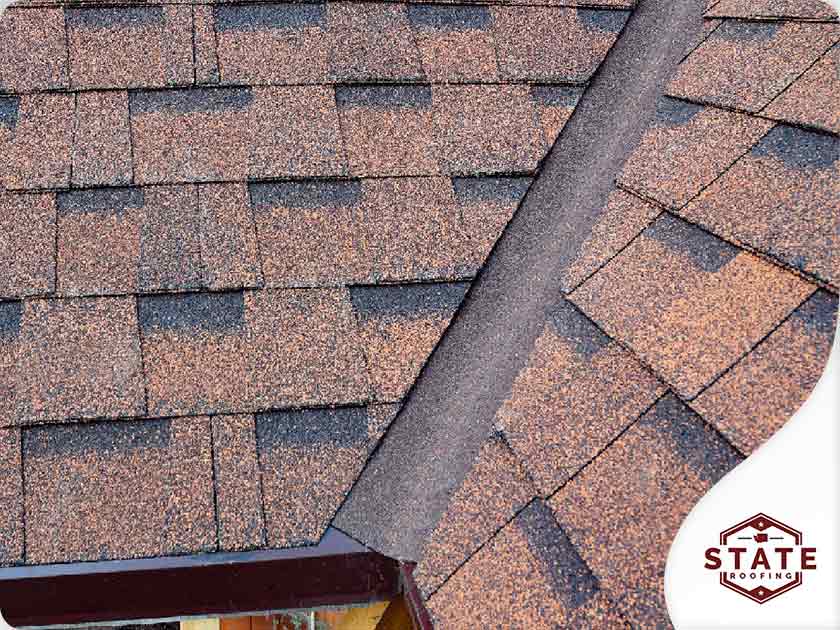Flashing is a small yet essential part of every modern roofing system. In today’s post, local roofing company State Roofing shares an overview of why you should not overlook this important component.

What Is Flashing?
Flashing protects breaks and joints on the roofing plane, which are otherwise vulnerable to water infiltration. Because of the way roofs are built, these areas cannot be sealed with caulk. A standard sloped roofing system typically has a combination of the following types of flashing:
Valley Flashing — This is the type of flashing that most people are familiar with, and is typically seen on roofing valleys. Valley flashing are strips of metal shaped like an inverted letter “T” that forms a vertical barrier that prevents rainwater from crossing one roofing plane to under another.
Continuous and Step Flashing — These two types of flashing are installed together on walls, dormers, chimney stacks, and similar components. Continuous flashing is a single piece of flashing installed on the side parallel to the roof’s edge, while step flashing is installed perpendicularly on the sloped side. The latter has “steps” that follow the shingle overlaps.
Drip Edge — This protects the roof edge from water infiltration. It is a long strip of metal with an inverted letter “L” profile that stops rainwater from infiltrating the roofing deck through capillary action. It also helps bolster the roof edge against wind damage.
Rubber Boots — Also known as vent pipe flashing, a rubber boot is a cone-shaped type of flashing that protects the base of vent pipes and similar tube-shaped protrusions. During installation, the narrow end is trimmed to match the pipe circumference. Rubber boots for sloped roofs have matching diagonal bases.
Flashing Inspection
Flashing generally do not last as long as the roof they’re installed on, which is why every roof usually needs new flashing at least once in its lifetime. Rubber boots, in particular, can degrade over time from constant exposure to solar heat and UV rays. Some flashing can be dislodged by high wind or impact from wind-blown debris.
This is why every homeowner needs to perform regular roofing inspections. One of the things you should look out for is whether or not flashing is in its right place. If they’re not, call your roofing contractor for repairs.
State Roofing is your leading provider of roof repair and installation services. Give us a call at (360) 794-7164. You can also fill out our contact form to schedule an appointment. We serve customers in Seattle, Bothell and Everett, WA.








